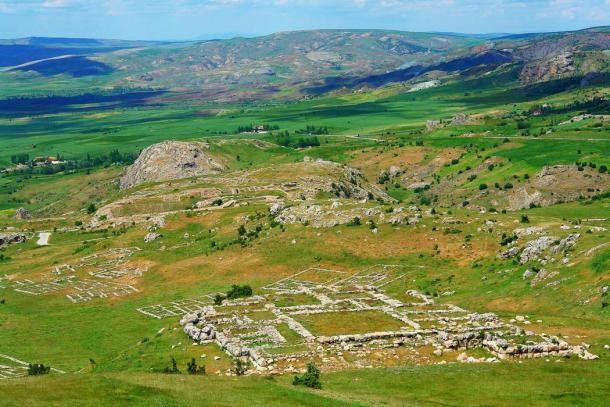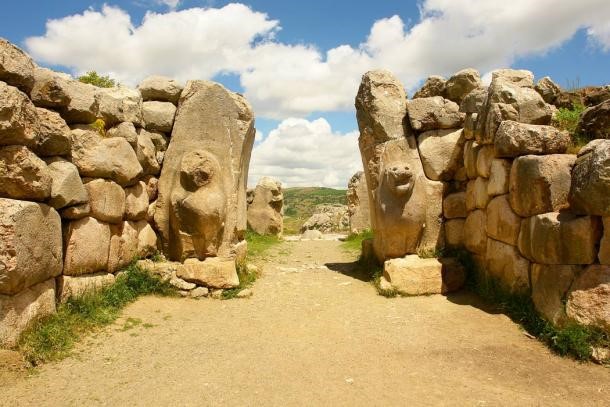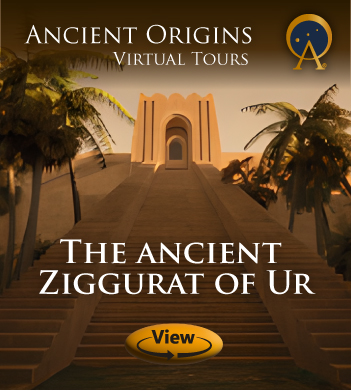
Hattusa, also known as Hattusha, is an ancient city located near modern Boğazkale in the Çorum Province of Turkey’s Black Sea Region. This ancient city once served as the capital of the Hittite Empire, one of the superpowers of the ancient world.
Hattusa was established as a small city state in the 3rd millennium BC by the Hatti, the indigenous people who were living in that area prior to the coming of the Hittites. The origins of the Hittites are still a mystery, and they may have invaded or immigrated into Hatti territory, settled, and established their empire there.
Around 1700 BC, the city was conquered and then razed to the ground by Anitta, a Hittite king. It was then resettled around the middle of the 17th century BC. Eventually, the Hittites became a powerful force in the region, built up an empire, and designated Hattusa as their imperial capital. It was during this period of time that monumental buildings were constructed in Hattusa, the remains of which can still be seen today. For example, the city was found to have been defended by a monumental wall that was more than 8km (4.97 miles) in length. Additionally, the upper city was further fortified by a double wall with more than a hundred towers.

Ruins of Hattusa – capital of the Hittite Empire near modern Boğazkale, Turkey. ( robnaw /Adobe Stock)
This wall is known to have five gates, including the famous Lion Gate and Sphinx Gate. Apart from these defensive structures, many temples have also been uncovered in Hattusa. The best preserved of these is the Great Temple, which is located in the lower city, and dates to the 13th century BC.
The Hittite Empire began its decline around the middle of the 13th century BC. Hattusa was abandoned for the next 400 hundred years, and then was resettled by the Phrygians. The site continued to exist as a settlement during the Hellenistic, Roman, and Byzantine periods, though its years of glory were already long behind it.
Top image: The Lion Gate at Hattusa. (robnaw /Adobe Stock)






